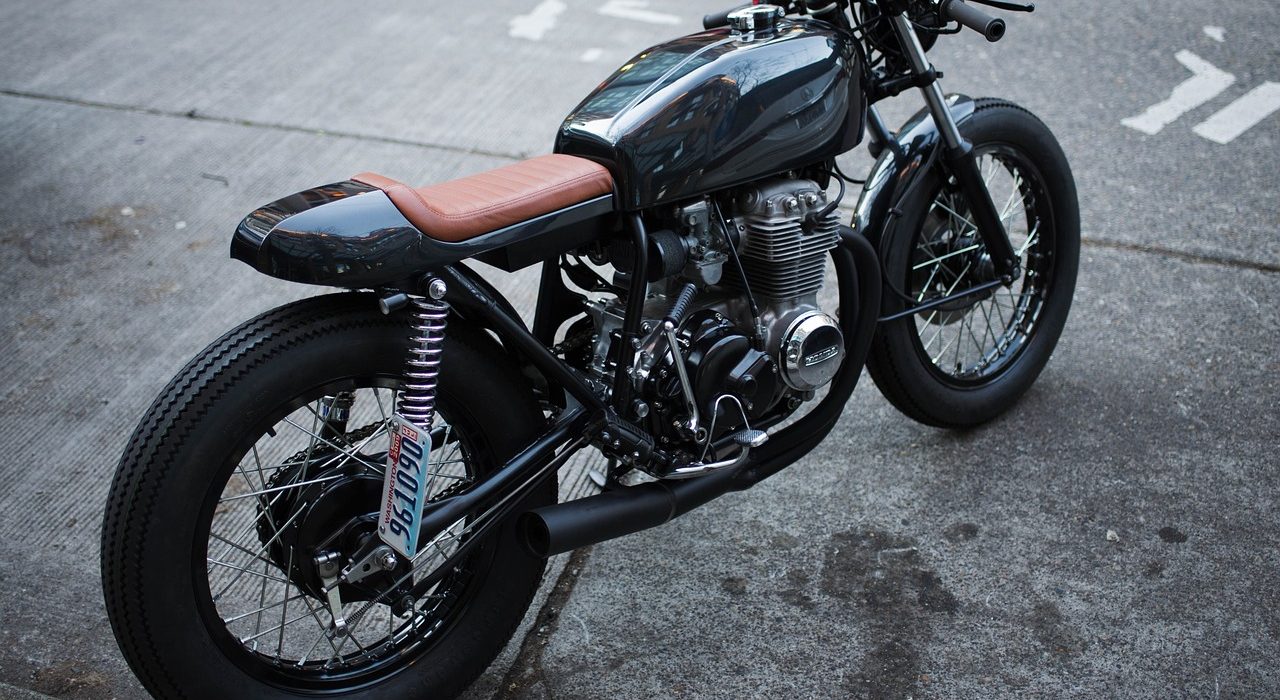The auto industry is quickly moving toward an all-electric future around the globe, and just a few years ago, India also explored a 100 percent EV objective by 2030. Since then, it has rationalised that to a more attainable 2040. It’s interesting to note that ethanol flex-fuel vehicles are being seriously considered despite the EV objective, and the Indian minister for roads and highways is actively advocating for the cause.
Is there a need for biofuel, and why is there an increase in optimism about it? Find out here by a Velocette vintage motorcycle parts manufacturer.
In India, ethanol is already blended with gasoline; the country has been using it for more than ten years, albeit in very tiny quantities (between 2 and 3 percent). Ethanol doping was done to reduce India’s crude oil import costs because low amounts of ethanol – typically around 10% – had no negative impact on modern internal combustion engines. The government intends to raise this level of doping to 20% by 2025 from its current level of roughly 10% during the last few years.
The principal source of ethanol, sugarcane, which India has historically produced, makes this possible. India produced more sugar than it needed domestically in 2010–11 and has continued to do so ever since. As a result, the nation has been diverting some sugar cane for some time now in order to produce ethanol for mixing with gasoline. More ethanol will, however, be needed in the future due to rising fuel consumption and rising mix percentages, but all stakeholders agree that this is a simple task.
Challenges – shift to ethanol
It is obvious that additional action is required to minimise these emissions, and this is where the government’s E20 plan comes into play. The country will reduce its crude imports with a 20 percent ethanol blend, and burning cleaner fuel will result from this as ethanol, which is derived from plants, has the lowest well-to-wheel carbon emissions.
The road to ethanol is not without its drawbacks, though. While new automobiles will be E20 compliant, older cars will experience problems due to the higher level of corrosion in the gasoline. Even though ARAI is doing research to evaluate the effects of E20 and higher ethanol mixes, there will undoubtedly be a problem with older vehicles running E20. Therefore, maintaining the availability of E10 blends is one potential solution. Distribution and storage would be difficult, but not for refineries because the mixing of ethanol and gasoline occurs after distillation and later in the production process overall.
Consumption of ethanol will also rise with the use of full flex-fuel vehicles. Food prices would increase as food crops and agricultural land would be converted to the production of fuel if 2G ethanol is unable to completely supply this demand. And historically, nations like the USA with major ethanol fuel industries have observed this. Corn, the main ingredient in ethanol, has increased in price as a result of US regulations calling for ever-higher ethanol blends. As India transitions to ethanol fuel, careful study must be made to minimise unanticipated consequences, particularly with regard to food security. If you Ride Motorcycle In The Rain you must read this article
Their reliance on powerful hybrids to support full flex-fuel vehicles, meanwhile, may prove to be their downfall in India. Strong hybrids have caused a visible rift in the Indian auto industry, with brands like Toyota and Maruti openly supporting them while companies like Tata Motors and Mahindra – who lack the necessary technology – claim that it is best to forego the technology completely. Given the rule, E20 compliance will therefore be mandatory across the board, but it is still unclear what India’s prospects are for fully flex-fuel vehicles.
Fully embracing flex-fuel vehicles presents additional difficulties. For starters, they should ideally be connected to a powerful hybrid system, as with the Corolla. Running greater ethanol mixes causes an engine’s fuel efficiency to decrease, often by as much as 30%. This is because ethanol has a lower energy density. This is where the robust hybrid system shines because it more than makes up for this loss, added by vintage BSA motorcycle parts manufacturer.






